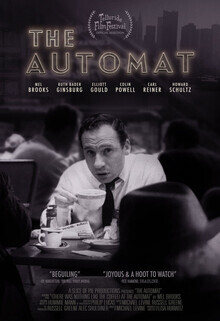

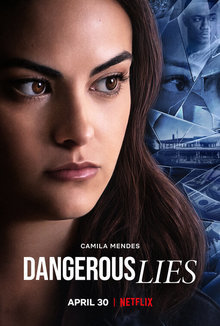
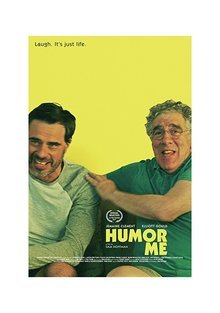

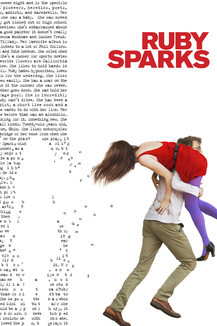
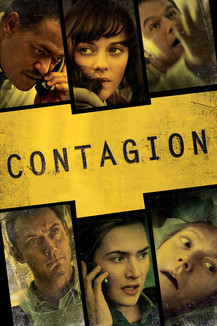

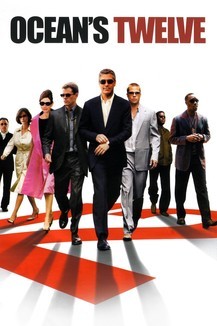
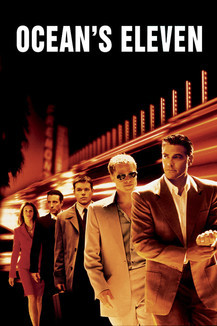


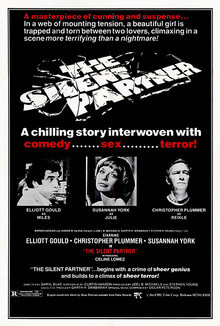
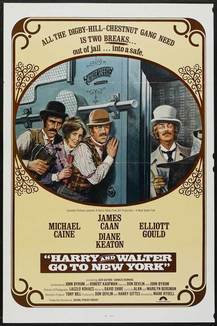
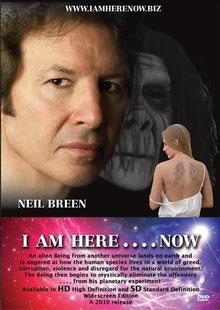


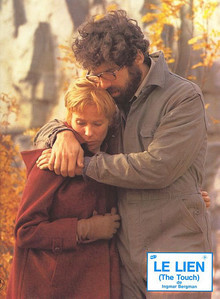


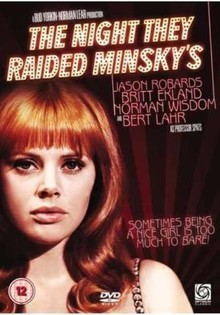

A tribute to the late Monica Vitti, star of L'Avventura, L'Eclisse, Secret Scandal, and more.
Matt writes: One of the essential cinematic works of 2021 is unquestionably Oscar-winning filmmaker Barry Jenkins' towering ten-part series, "The Underground Railroad," which debuted in its entirety on Prime Video on May 14th.
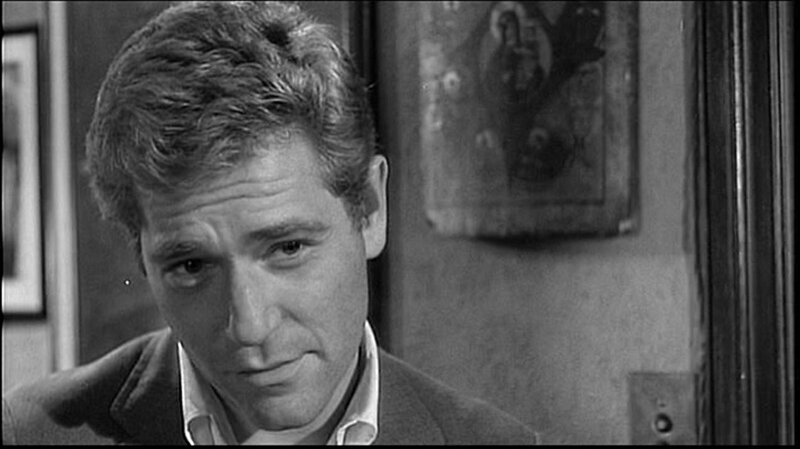
A tribute to the great George Segal.

A look at the staying power of Alan J. Pakula's The Parallax View and the age of conspiracies.
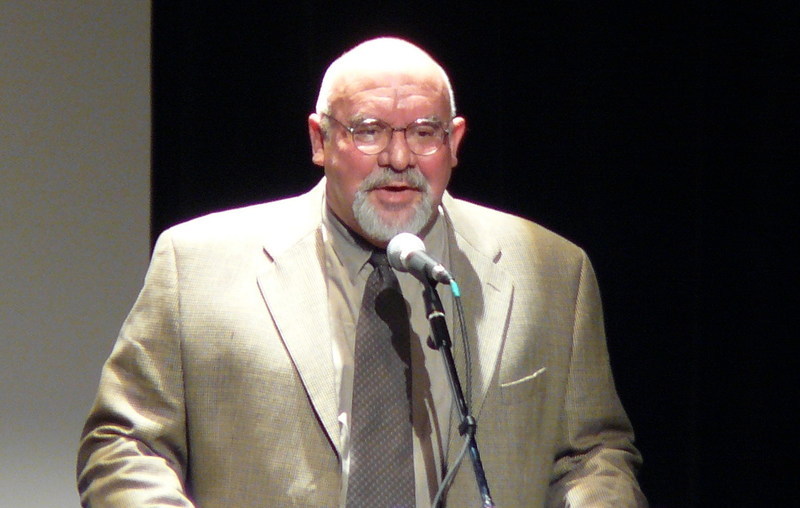
A tribute to the late director, Stuart Gordon.
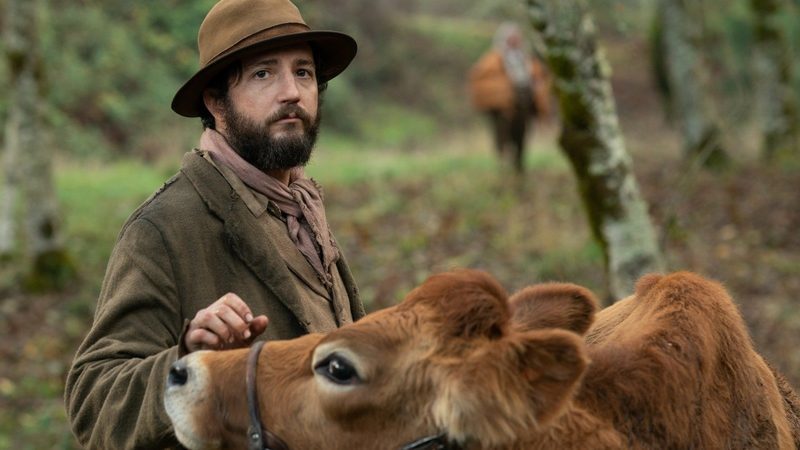
A dispatch from the New York Film Festival on the latest from Kelly Reichardt, Oliver Laxe, Eloy Enciso Cachafeiro, and Pietro Marcello.
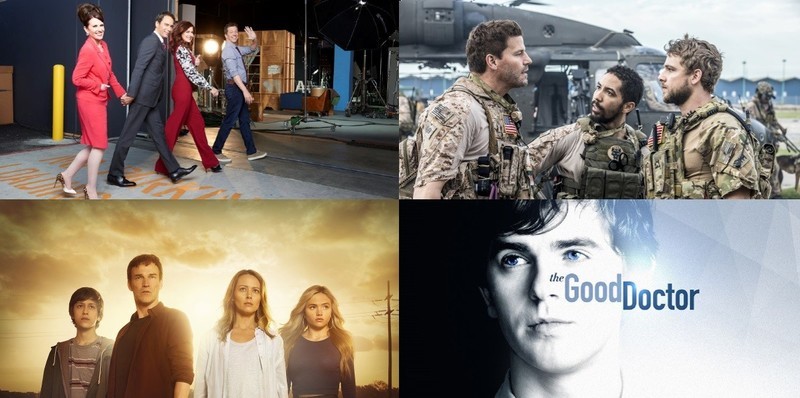
A look at all of the new shows on network TV this fall.
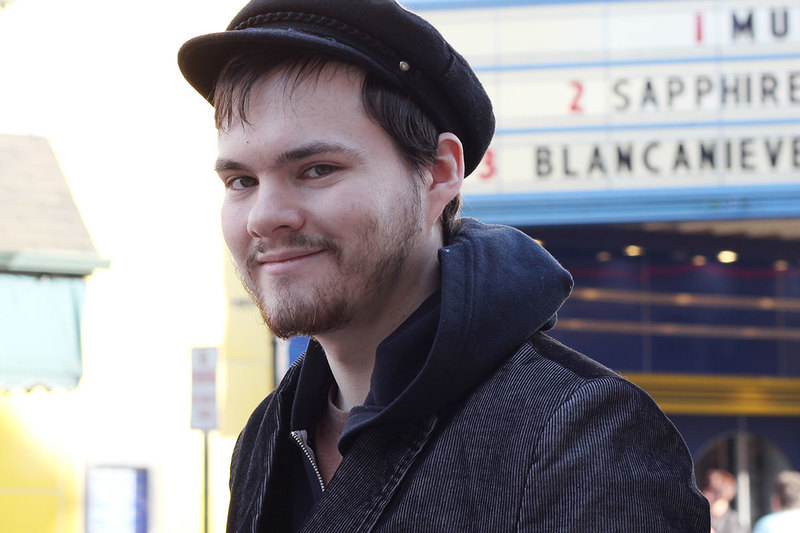
Scout Tafoya responds to our Movie Love Questionnaire.
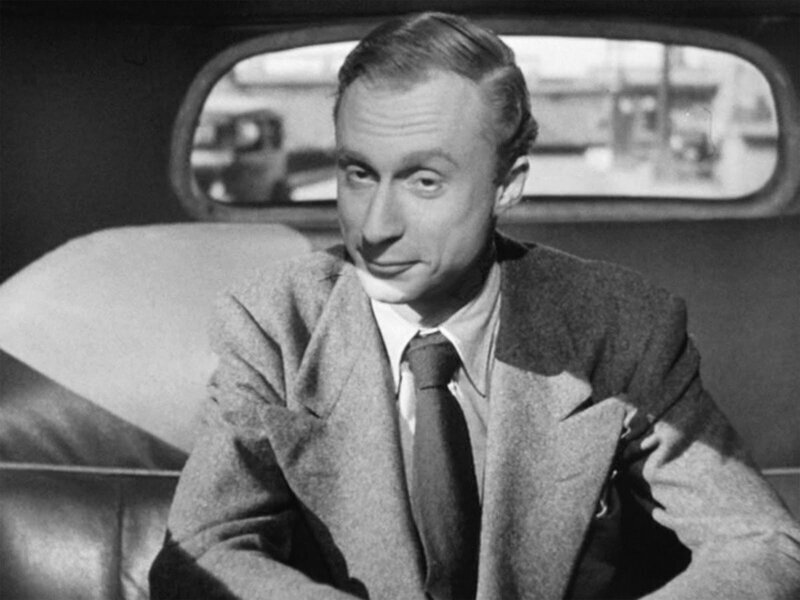
An in-depth look at the extraordinary film career of 100-year-old actor Norman Lloyd, currently starring in Judd Apatow's "Trainwreck."

An obituary for film icon Jerry Weintraub.

Roger Ebert's essay on film in the 1978 edition of the Britannica publication, "The Great Ideas Today."
Sheila writes: Just in case you haven't had your fill of End of Year lists, Steven Soderbergh put up a list on his site of everything he watched in 2014, in chronological order, as well as everything he read. Television, movies, books, scripts ... it's all here. It made me consider doing something similar, just to track what I've taken in over any given year. I love reading other people's lists. Do any of you keep lists like this?
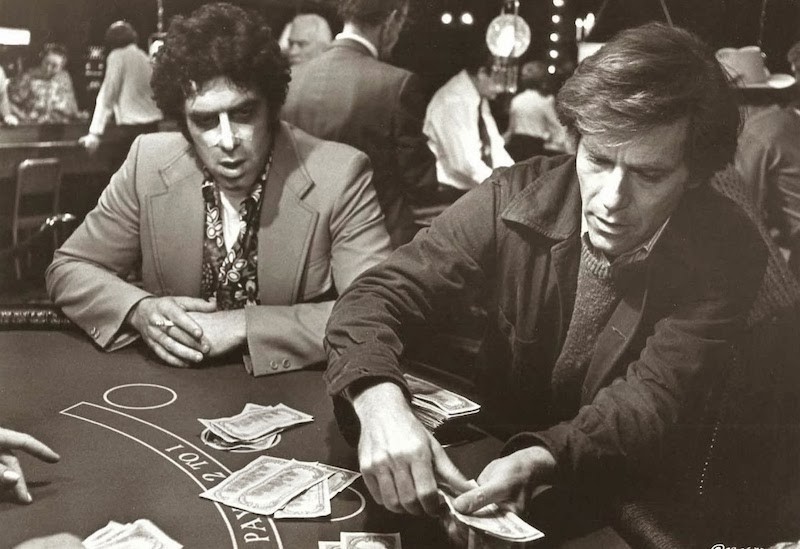
"California Split" 40 years later; "Mommy" is my "Boyhood"; The vanishing male worker; How "Lord of the Rings" destroyed the fantasy genre; Caril Fugate on "Badlands."

Whereas Hitch's film worked very loosely from the original novel, deftly weaving romantic comedy and social commentary into the suspenseful fabric, screenwriter Fiona Seres' take on the material focuses so intently on its "vanishing" that the tale becomes monotonous and too narrowly focused in its telling.
Marie writes: Once upon a time, a long time ago and in a childhood far, far away, kids used to be able to buy a special treat called a Frosted Malt. Then, with the arrival of progress and the subsequent destruction of all that is noble and pure, the world found itself reduced to settling for a frosty at Wendy's, at least where I live. Unable to support a "second rate" frosted malt for a second longer, I decided to do something about it!
Marie writes: I recently heard from an ex-coworker named Athena aka the production manager on an animated series I'd painted digital backgrounds for. She sent me some great photos she'd found on various sites. More than few made me smile and thus inspired, I thought I'd share them with club members. I've added captions for fun but if you can come up with something better, feel free to submit your wit by way of posted comment. Note: I don't know who the photographers are; doesn't say. (Click pics to enlarge.)
"I want a peanut for every photo you took of me..."
Marie writes: Why a picture is often worth a thousand words...Production still of Harold Lloyd in "An Eastern Westerner" (1920)
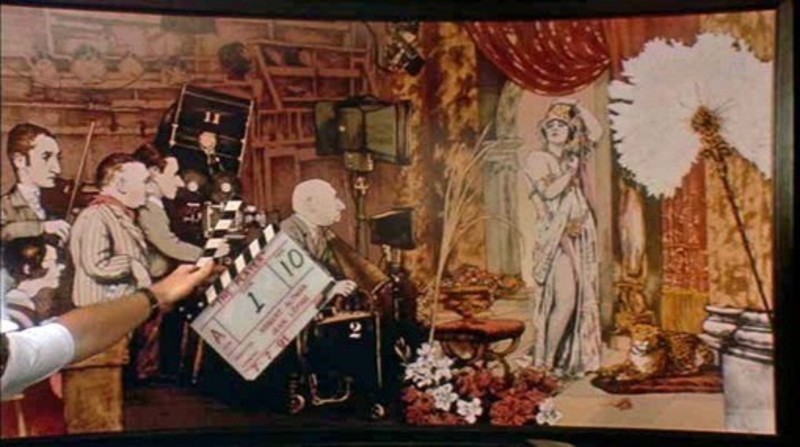
From Jason Haggstrom (haggie), Reel 3:
The opening shot of Robert Altman's "The Player" establishes the film as a self-reflexive deconstruction of the Hollywood system and those who run it. With its prolonged shot length, the take is also designed as a means to introduce the bevy of players who work on the lot and to setup the film's general plot--or at least its tone--as a thriller/murder mystery.
The first image in this extended opening shot is of a film set--a painting of one, to be precise. We hear the sounds of a film crew before a clapper pops into the frame. The (off-screen) director shouts "And... action" informing the audience that the film should be viewed as a construct, a film. The camera tracks back to reveal its location on a Hollywood studio lot where movies are described not in accolades of quality, but of quantity with an oversized sign that reads, "Movies, now more than ever."
The lot is filled with commotion. Writers come and go (some invited, some not) as do executives, pages, and assistants. The political hierarchy is highlighted through dialog and interactions that expose the value system of Hollywood. The most powerful arrive by car; high-end models pervade the mise-en-scène in all of the take's exterior moments. An assistant is made to run (literally, and in high heels) for the mail, and then -- before she even has a chance to catch her breath -- to park an executive's car.

They don't teach cinematic grammar in elementary schools, though they ought to. But somehow kids understand it anyway -- even before they understand spoken and written language. David Bordwell ponders this mystery in a post about final shots called "Molly wanted more," in which he describes a friend's three-year-old daughter crying out for "More!" as Snow White and the prince ride off into the sunset at the end of Disney's 1937 "Snow White and the Seven Dwarfs."
"How could she know, on her first pass, that the story was ending?" he wonders. Using examples from "Snow White," "The Wild One" and "The Silence of the Lambs," among others, DB examines one of the conventions for entering and exiting movie stories, in which we move in on the characters (or they approach us) at the beginning and pull back (or they move away from us) at the end:
Thanks to the visual nature of movies, the widening or closing-off of the story world can mimic the act of our entering or backing out of a tangible situation. That's what we see in "Snow White" and my other examples. In a sense we greet the characters, and after spending some time with them we bid them farewell. [...]